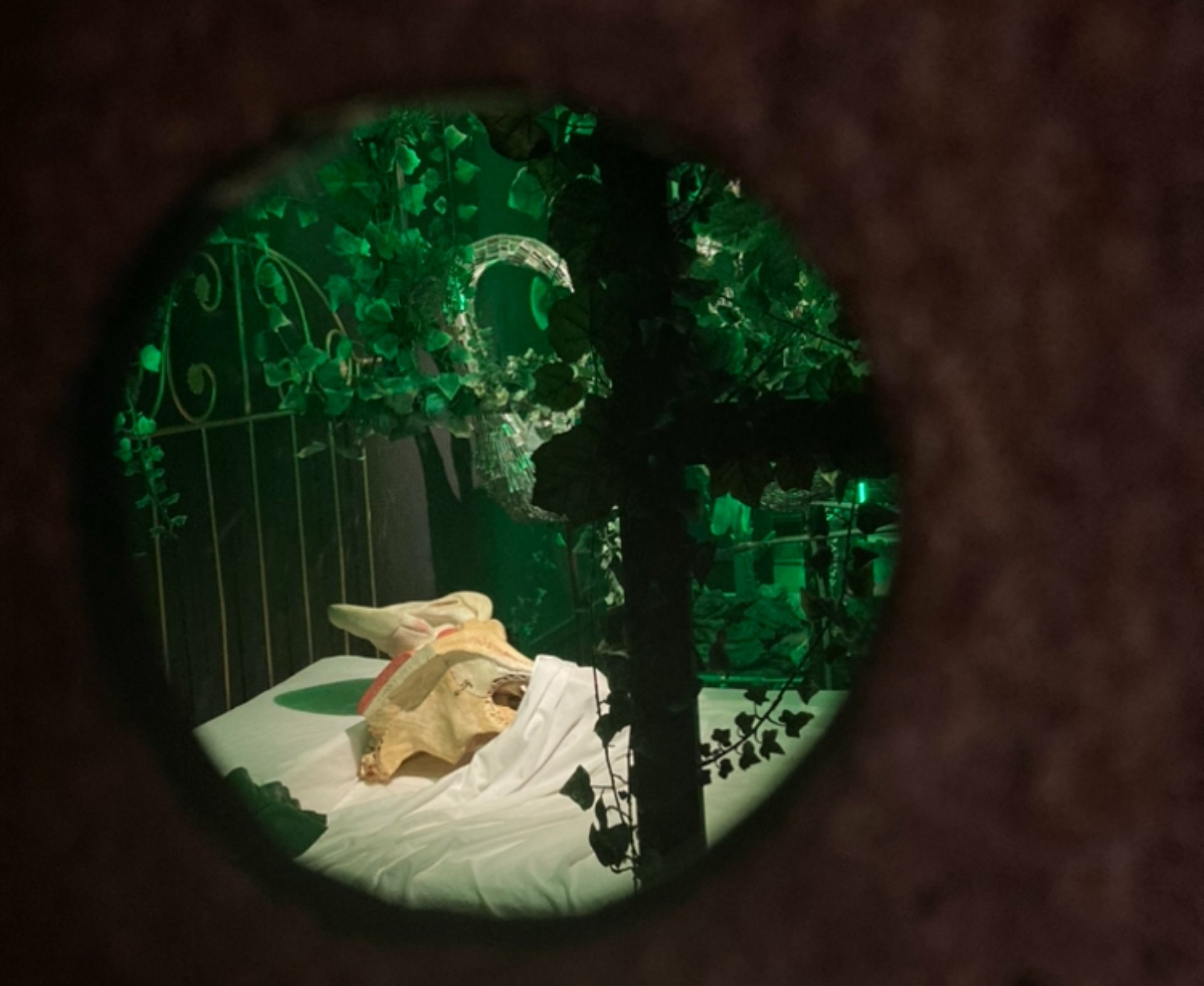Figueres, a city in the north of Catalonia near the French border, is an ideal destination for a day trip outside of Barcelona. The birthplace of famous Catalan artist Salvador Dalí, the city's central attraction is the Teatre-Museu Dalí, home to the largest collection of the artist's works in the world, which Dalí himself dedicated the last period of his life to designing and perfecting.
🏖️ Best beaches in Catalonia: where to go in Sitges, Costa Brava, and Tarragona
⛰️ Day trip to Montserrat
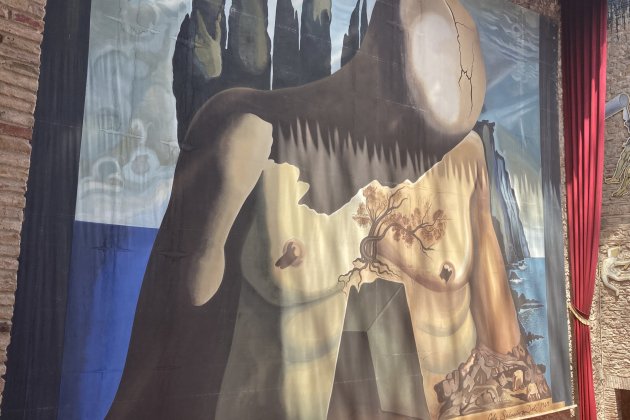
Getting to Figueres
The best way to get to Figueres from Barcelona is via the high-speed rail. The trip, departing from Sants Estació, is just under an hour, and depending on when and what service you book, tickets are most commonly either €15.25 or €22.40 for one way at time of writing. If you're in the closer city of Girona and decide to detour to Figueres for a day, it'll be both cheaper and much faster.
There's also a bus, Line 602, which runs between Barcelona, Girona, and Figueres. On Line 602, the trip between Barcelona to Figueres is about three and a half hours.
![the courtyard of the Teatre-Museu Dalí, formerly the theater's audience viewing area / Evy Lewis] the courtyard of the Teatre-Museu Dalí, formerly the theater's audience viewing area / Evy Lewis]](/uploads/s1/42/77/35/86/image-3_15_630x420.jpeg)
Museum cost and hours
The main event of any trip to Figueres will be the Teatre-Museu Dalí. Ordinarily, the general admission is €17, and the reduced-cost admission for students and seniors is €11. However, during July and August, prices are raised for tourist season to €21 and €14 respectively. Tickets are only valid for entry at a specific time, and can be bought online ahead of time or in person once you arrive, though if you buy in person expect to wait at least an hour or two for entry, and possibly longer. Booking ahead of time online to be safe is highly recommended.
The Teatre-Museu is open every day during July and August from 9 a.m. to 7:15 p.m., while during the off-season it's open from 10:30 a.m. to 5:10 p.m., and closed on most Mondays. The main exhibition involves stairs and is not particularly accessible to disabled visitors.
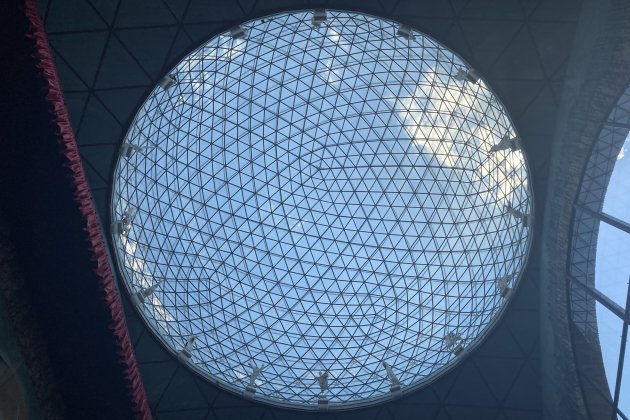
History of the museum
The Teatre-Museu is called as such because it is built around what was once the city's theatre, which Dalí was familiar with as a child and where one of the first exhibitions of his art was shown. The theatre was burned down during the Spanish Civil war, and remained in ruins until 1960, when Dalí and the mayor of Figueres agreed to transform it into a museum showcasing Dalí's oeuvre. The museum opened in 1974, and expanded over the subsequent decades. Dalí lived there from 1984 until his death in 1989, and is buried beneath the stage of the old theatre.
Dalí said of his museum that, "The people who come to see it will leave with the sensation of having had a theatrical dream." Photos of the artist in his old age directing the construction of the museum are included in the exhibition.
One of the first areas guests will enter is what was formerly the audience seating of the theatre, now a semicircular plaza open to the air, ringed by golden sculptures and centred on a reproduction of Dalí's three-dimensional art installation Rainy Taxi. One of the museum's most notable features is the geodesic glass dome that crowns the former theatre building.
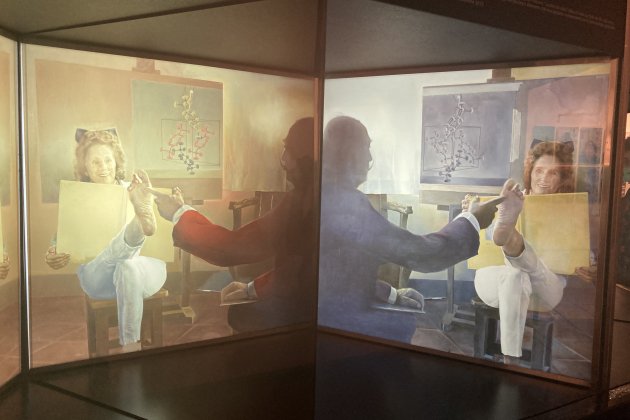
Standout works
Many of Dalí's most famous works are included in the museum collection, which covers all phases of his creative career. Notable paintings include Galatea of the Spheres, a portrait of Dalí's wife Gala composed entirely of spheres; Soft self-portrait with grilled bacon, a surrealist portrait of Dalí's face as drooping and supported by crutches; and Basket of Bread, which Dalí painted early in his career to demonstrate his mastery of realism.
Also included in the exhibition are several of Dalí's stereoscopic paintings, each consisting of two paintings placed at an angle to each other with mirrors between them. Viewing these paintings by leaning close to the middle of the mirror creates an three-dimensional illusion of the two overlapping images.
Some pieces were created or recreated by Dalí specifically for the museum, including one living room installation designed around a replica of his famous Mae West Lips Sofa. Visitors are intended to ascend a tall staircase, from the top of which the design of the entire room becomes the face of Mae West.
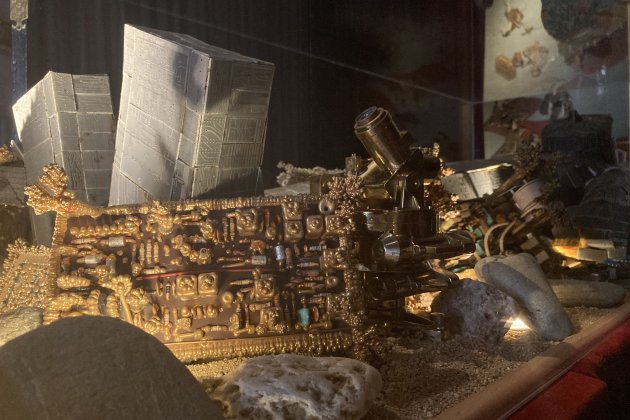
Other things to see in Figueres
While the Teatre-Museu is Figueres's standout attraction, there are other sights to see as well. Just outside the museum is the church where Dalí's funeral and baptism both took place, the church of Sant Pere. Figueres also has one of the largest surviving castles in Catalonia, Castell de Sant Ferran. The last meeting of the legislature of the Second Spanish Republic, at the end of the Spanish Civil War, was held in the castle a week before it fell to fascist forces. It's a walkable distance from the Figueres-Vilafant rail station.
Figueres also has a general art museum, the Museu de l'Empordà, and the related Technical Museum of the Empordà, which is known for its collection of vintage typewriters.

